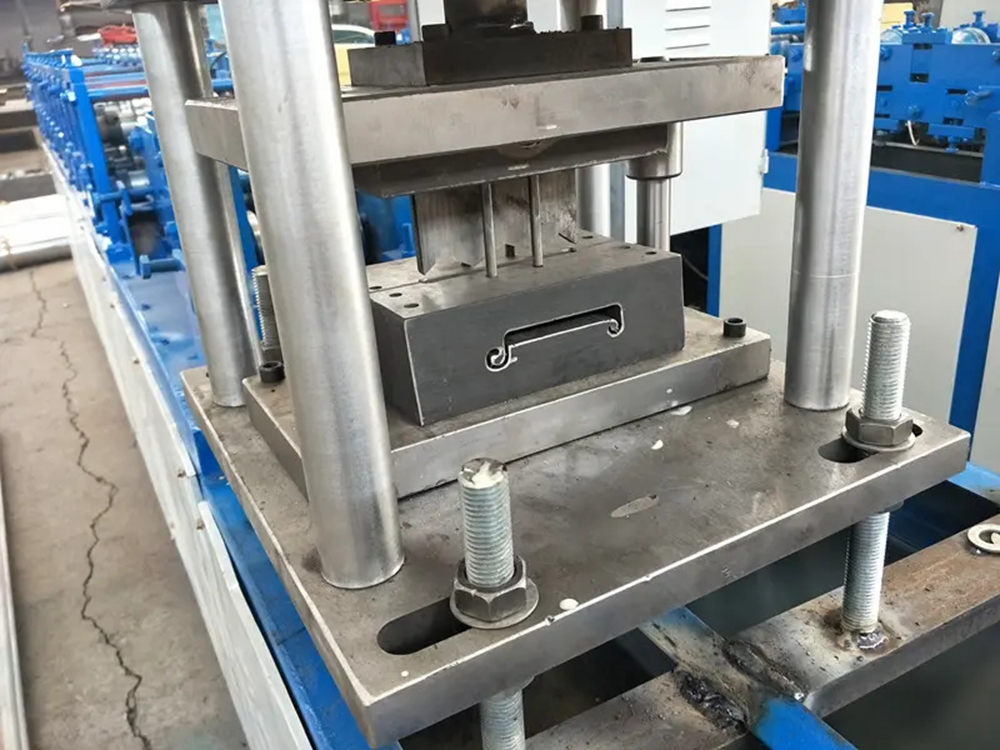
The Role of Purlins in Sri Lanka's Construction Industry
In the realm of construction, purlins have emerged as a critical component, especially in the fast-growing infrastructure sector of Sri Lanka. These horizontal beams are essential in supporting roofing systems and providing stability to structures. In this article, we will explore the significance, types, materials, and applications of purlins in Sri Lanka's construction landscape.
Understanding Purlins
Purlins are secondary structural elements used in roof and wall assemblies, primarily in steel buildings. They are installed perpendicular to the rafters or the joists and serve to support the roof sheeting or cladding. By spanning the distance between the main framework, purlins help distribute loads from the roof to the primary structural framework, ensuring safety and durability.
Types of Purlins
In Sri Lanka, various types of purlins are utilized, each tailored to meet particular building requirements
. The most common classifications include1. C-Purlins Shaped like the letter C, these purlins are widely used due to their high strength-to-weight ratio. They are particularly effective in supporting roof structures and are often used in both residential and commercial buildings.
2. Z-Purlins Recognized for their Z-shaped cross-section, Z-purlins offer enhanced overlap when installed, which aids in load distribution. They are commonly used in larger structures such as warehouses and industrial buildings.
3. Sole Plates These are horizontal members that provide a bearing surface for walls and other structural elements. While not purlins in the traditional sense, sole plates are instrumental in the overall framework of a building.
Materials Used in Purlin Construction
The choice of material for purlins significantly impacts the durability, maintenance, and cost-effectiveness of the construction. In Sri Lanka, the following materials are frequently employed
1. Steel Galvanized steel is the most popular choice owing to its strength, longevity, and resistance to corrosion. Properly galvanized steel purlins can withstand Sri Lanka's humid tropical climate, extending the life span of the structures.

2. Aluminum Known for its lightweight properties and corrosion resistance, aluminum purlins are favored in specific applications, especially where weight reduction is essential.
3. Timber Although less common due to susceptibility to pests and weathering, treated timber can still be found in traditional and eco-friendly constructions in rural areas.
Applications of Purlins in Sri Lanka
Purlins find applications in various types of structures across Sri Lanka, including
- Residential Buildings In homes, purlins support roofs and enhance the overall structural integrity. They allow for various roofing materials to be used, providing flexibility in design.
- Commercial Buildings Shopping complexes and office buildings often utilize steel purlins for their strength and ability to span large distances without additional support, creating open spaces within the building.
- Industrial Structures Warehouses and factories benefit from the robust nature of C and Z purlins, which can support heavy roofing materials and withstand significant load demands.
- Agricultural Buildings In the agricultural sector, purlins are essential in constructing barns and storage facilities, where durability and weather resistance are paramount.
Conclusion
Purlins play a vital role in shaping the construction landscape of Sri Lanka. Their ability to provide structural support while being lightweight and cost-effective makes them an essential component of modern construction practices. As the country continues to develop and build towards a sustainable future, understanding the functionality and advantages of purlins is crucial for architects, engineers, and builders. Emphasizing quality materials and innovative designs will ensure that the structures built today will stand the test of time against the elements and meet the needs of future generations.
In summary, the ongoing developments in construction techniques and materials, combined with the increasing demand for robust and efficient building design, highlight the importance of purlins in Sri Lanka's construction industry. As we move into a future of sustainability and resilience, purlins will undoubtedly remain a steadfast feature of the country’s architectural framework.